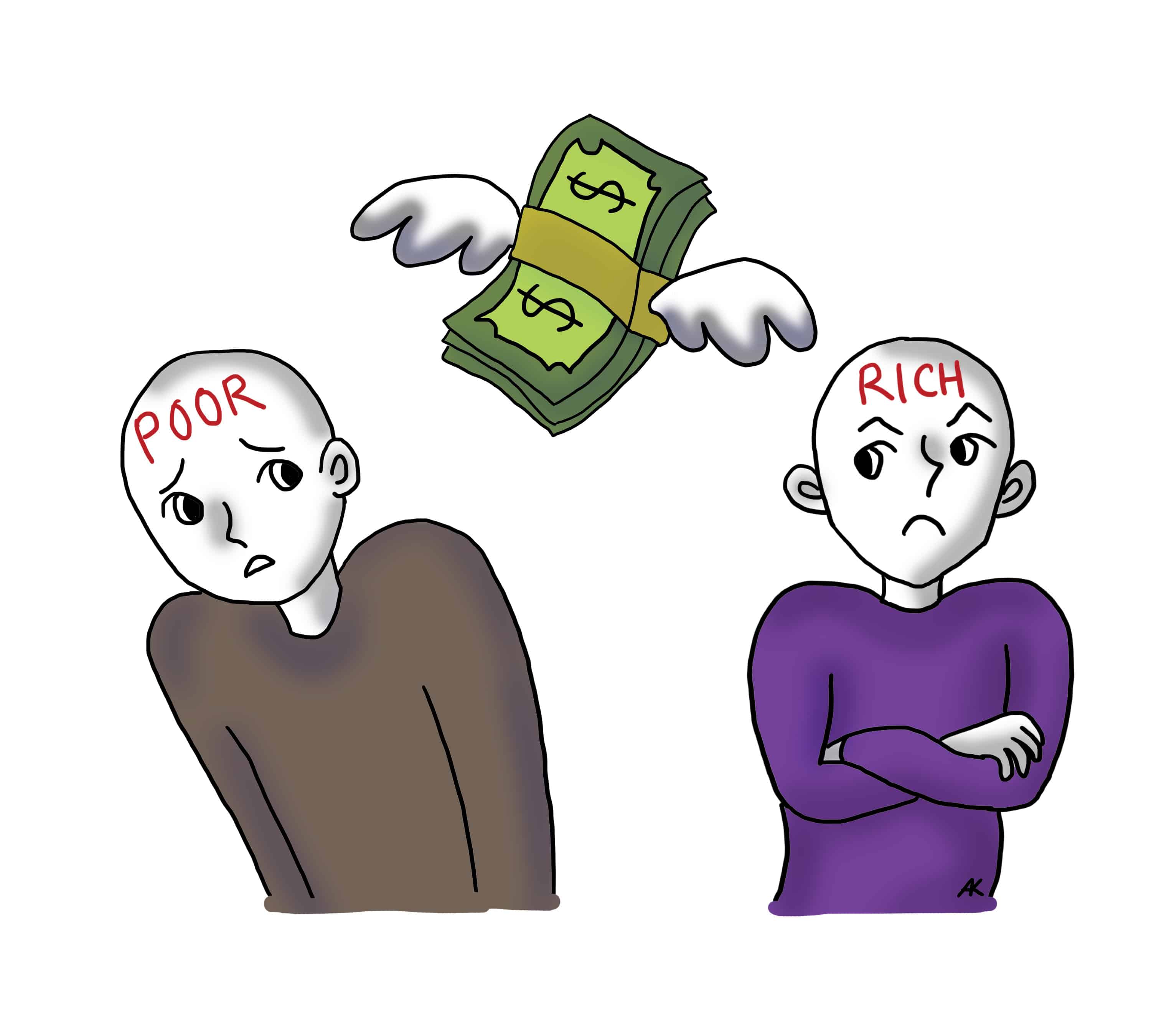A study conducted by U of T PhD candidate Thora Bjornsdottir and U of T Associate Professor of Psychology Nicholas Rule found that people can accurately determine others’ social class by looking at facial cues like attractiveness, dominance, intelligence, empathy, and warmth.
Because these cues are often related to stereotypes, participants were influenced by them when evaluating social class. The authors noted that these impressions can then affect the perceived employability of a person.
Bjornsdottir and Rule used fellow U of T academic Stéphane Côté’s definition of social class as “a dimension of the self that is rooted in objective material resources (income, education, and occupational prestige) and corresponding subjective perceptions of rank vis-à-vis others.”
To conduct the experiment, participants were asked to determine an individual’s social class by looking at a picture of them. These pictures were either taken in a controlled laboratory environment where the sample was told to give a neutral expression or chosen from online personal advertisements. They were shown to participants for varying lengths of time, from half of a second to however long the participant needed to be able to describe the sample’s social class.
Though participants examined neutral faces, they still perceived facial cues. Rule explained to U of T News that people’s faces show the kinds of experiences they have had because “relics” of past emotions and expressions remain. An example Rule provided to the Toronto Star was happiness — “People who earn more money tend to be happier,” he said.
“The findings make sense, given what we already know about how social class influences nonverbal behaviour and about how life experiences can shape facial appearance, but the magnitude of the effect was more than we expected,” Rule told The Varsity.
The findings also suggest that the automatic assumptions people make about each other can contribute to prejudice. Bjornsdottir and Rule looked at how participants’ judgement of a sample’s social class influences the latter’s employability. Ultimately, employers were less likely to hire those they believed to come from a lower-class background.
The study suggests a significant interplay between social interaction, prejudice, and the movement of individuals between social classes. If employers are more likely to hire individuals that seem to be of higher status, people from lower social classes face challenges greater than simply meeting job requirements. In order to come across as employable, poorer individuals have the added burden of projecting certain facial cues as well.
Though the authors noted that “face-based perceptions of social class may have downstream consequences,” Rule said that “awareness of one’s biases is the first step in curtailing their influence.”
In the future, Rule plans to explore the relevance of other emotions in our perceptions of social class. In addition, he hopes to investigate the scope of the consequences of these perceptions and to test whether age will amplify the “signals” observed in this study’s young participants.


